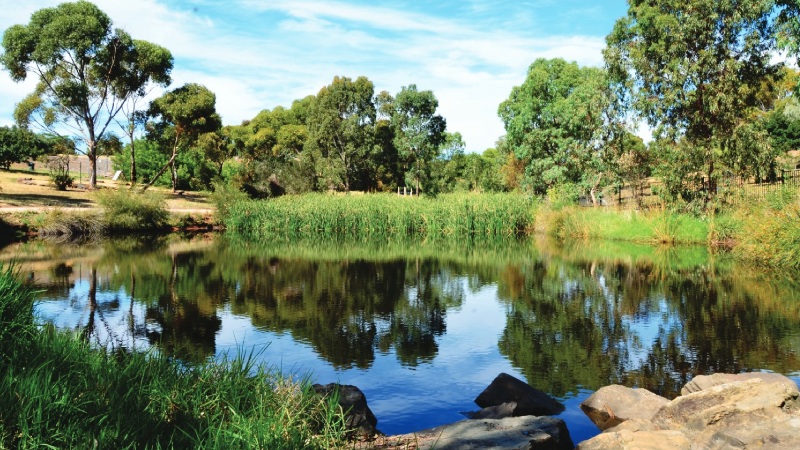Coagulation and flocculation are two separate components of clarifying and treating water. They work by substantially reducing suspended particles and organic matter.
Water contains suspended particles in varying degrees, and the smallest particles are often affected by static electricity. When negatively charged particles repel each other, they can remain suspended indefinitely rather than settling on the floor of the tank, pond or dam.
Flocculants and coagulants are water treatment chemicals that eliminate the cloudiness of water by reducing up to 90% of these suspended solids.
Although they perform similar functions, flocculants and coagulants are different and should be used in succession to overcome the physical forces that are holding the particles in suspension.
What are Coagulants?
Coagulants can be made from organic or inorganic materials, including aluminium and iron sulphates and chlorides, as well as polyamines. They function by negating the natural processes that cause small particles to repel each other and remain suspended.
They encourage particles to neutralise, stick together and form bigger particles (that are still relatively small and may not be visible to the naked eye). Groups of particles that have been treated with coagulant agents and subjected to agitation begin to form small groups called micro flocs, which are then ready for treatment with flocculant.
What are Flocculants?
Flocculants are water-soluble polymers that encourage the clumps of tiny particles into ‘floc’ that can then be easily separated from the water. Like the coagulant process, this stage requires gentle agitation to develop micro-flocs into larger, visible clumps of floc.
Once the particles are adhering in large clumps called macro-flocs, it is much easier to separate the solids from the body of water.
This is typically done by filtering, subjecting the water or tank to a centrifugal force, or allowing the sediment to settle or float so it can be removed.
What do coagulants and flocculants remove from water?
Most of the particles removed by these agents are organic compounds, and it’s important to note that the water may still contain viruses and bacteria.
Summary
A coagulant neutralises the positively charged suspended particles, and then a flocculant helps them to bind together, forming much bigger clumps. Bigger rafts of particles can be more easily separated from the water, clarifying it and preparing it for further treatment processes such as chlorination.
Both substances are beneficial in clarifying large bodies of water. For advice and support on the best way to manage your pond, dam or waterway clarification project, get in touch with the experts at Polyfabrics.

